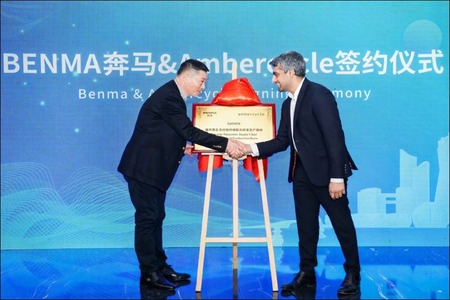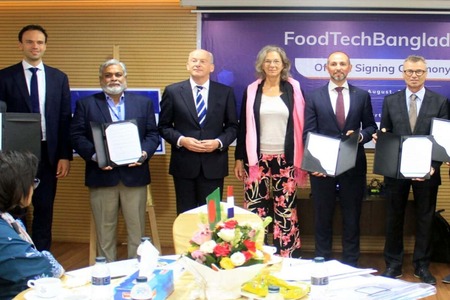Textiles ministry makes effort in include handloom weavers in the MGNREGS
YarnsandFibers News Bureau 2015-12-26 12:00:00 – New DelhiAt present, within the textile sector, only silk farming is covered under the job scheme (MGNREGS) under which workers are provided the mandatory wage in the range of Rs159-241 day, depending on states and Union territories, for 100 days a year. However, the ministry has been seeking the extension of the MGNREGS to the entire textile and garment sector, which employs some 45 million people and is the largest job provider after agriculture.
The move was mooted as a part of a strategy to ensure skill development on a large scale. Textile minister Santosh Kumar Gangwar had last year sought Prime Minister Narendra Modi’s help for this purpose.
The textiles ministry has approached the rural development ministry afresh, seeking the extension of the government’s rural job scheme to handloom weavers, according to a senior government official.
The textiles ministry argues that although the weavers are not unskilled workers, they earn very less and still stick to the profession due to family tradition and “love of artâ€, a fact that needs to be acknowledged. The weavers belong to the “bottom of the pyramidâ€, the average daily income for many of them often falls below the mandatory wage provided to unskilled workers under the Mahatma Gandhi National Rural
Earlier, a request by the textiles ministry to extend the MGNREGS benefits to weavers was turned down by the ministry of rural development on grounds that they are not unskilled workers, so technically they couldn’t be covered under the scheme.
The handloom sector provides employment to 4.33 million people across 2.38 million handlooms in the country. It accounts for 11% of India’s textile production and makes a significant contribution in export earnings.
According to textile expert DK Nair, the industry can provide training as well as work to people and seek reimbursement from the government. All the government needs to do is to provide the minimum wage for 100 days, as stipulated under the scheme. The textile or garment unit concerned can pay more, depending on the work, and it has to bear the entire wage cost for work beyond the 100 days mandated by the scheme.
Such a move can help address a labour shortage in the sector, especially in the more labour-intensive garment factories. Importantly, even unskilled workers would be imparted proper training, much to their benefit.
In 2014-15, the scheme’s allocation was reduced to around Rs 31,000 crore from Rs 34,000 crore in the budget estimate (BE), which, some activists allege, was done to dilute the scheme. Even in 2009-10, the scheme had an allocation of Rs 39,100 crore, they argue.
However, in the 2015-16 budget the government has raised allocation for the scheme only marginally to Rs 34,699 crore from Rs 34,000 crore in the budget estimate (BE) for 2014-15, although it has promised to increase the allocation by Rs 5,000 crore if the country witnesses tax buoyancy.
Market Intelligence
Ask for free sample Report

experience
Customer Base
dedicated team
Countries Served Worldwide









